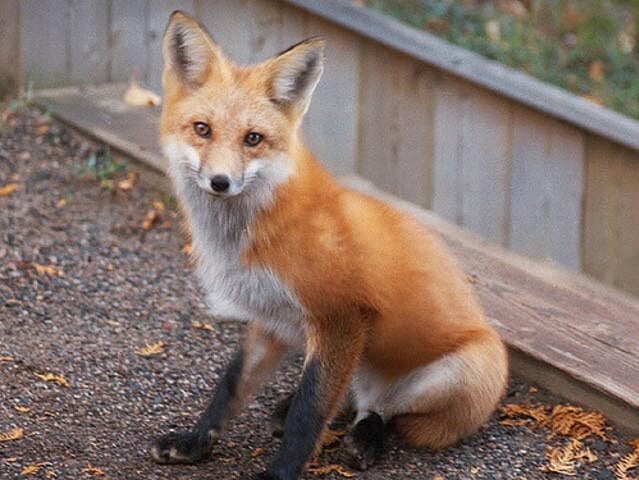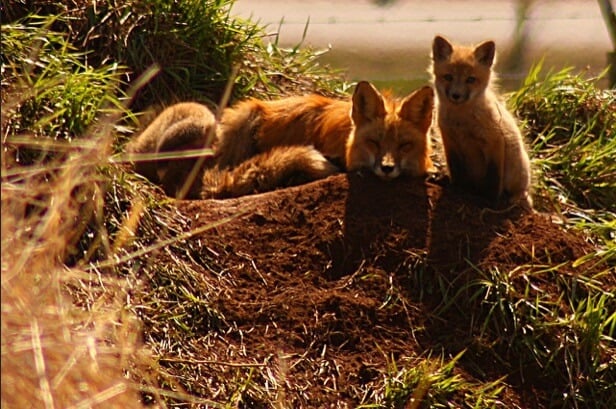So without further ado,
here are about amazing animal facts what pets can impact on human physical health that you are looking for

Companion animals may improve heart health by lowering blood pressure and regulating the heart rate during stressful situations. In a 2002 study, researchers measured changes in heart rate and blood pressure among people who had a dog or cat, compared to those who did not, when participants were under stress (performing a timed math task). People with a dog or cat had lower resting heart rates and blood pressure measures at the beginning of the experiment than non-pet owners. People with a dog or cat were also less likely to have spikes in heart rates and blood pressure while performing the math task, and their heart rates and blood pressure returned to normal more quickly.They also made fewer errors in their math when their pet was present in the room. All these findings indicated that having a dog or cat lowered the risk of heart disease, as well as lowering stress so that performance improved.
A similar study found that having your dog in the room lowered blood pressure better than taking a popular type of blood pressure medication (ACE inhibitor) when you are under stress. Other research has indicated that the simple act of stroking a pet can help lower blood pressure and cholesterol.
Children’s exposure to companion animals may also ease anxiety. For example, one study measured blood pressure, heart rate, and behavioral distress in healthy children aged 3 to 6 at two different doctor visits for routine physicals. At one visit, a dog (unrelated to the child) was present in the room and at the other visit the dog was absent. When the dog was present, children had lower blood pressure measures, lower heart rates, and less behavioral distress. However, research on the health benefits of child and animal interaction is still limited. Further research is needed on how pets influence child development and specific health outcomes.
Findings suggest that the social support a pet provides can make a person feel more relaxed and decrease stress. Social support from friends and family can have similar benefits, but interpersonal relationships often cause stress as well, whereas pets may be less likely to cause stress. The social support provided by a pet might also encourage more social interactions with people, reducing feelings of isolation or loneliness. For example, walking with a dog has been found to increase social interaction, especially with strangers, compared to walking without a dog.

Among elderly people, pet ownership might also be an important source of social support that enhances well-being. In one study, elderly individuals that had a dog or cat were better able to perform certain physical activities deemed “activities of daily living,” such as the ability to climb stairs; bend, kneel, or stoop; take medication; prepare meals; and bathe and dress oneself. There were not significant differences between dog and cat owners in their abilities to perform these activities. Neither the length of time of having a dog or cat nor the level of attachment to the animal influenced performance abilities. Companion animals did not seem to have an impact on psychological health but researchers suggested that a care-taking role may give older individuals a sense of responsibility and purpose that contributes to their overall well-being.
A large German study collected pet information (dog, cat, horse, fish, bird or other pet ownership) from over 9,000 people at two different times (1996 and 2001). The survey included a number of health, economic, and labor issues, so that respondents would not realize the researchers’ interest in a link between pets and health. Researchers found that people who said they had a pet in both 1996 and 2001 had the fewest doctor visits, followed by people who had acquired a pet by 2001; the group of people who did not have a pet at either time had the highest number of doctor visits. Similarly, a study of women in China found that those who were dog owners had fewer doctor visits, took fewer days off sick from work, and exercised more often than non-dog owners.
Research on allergies and asthma is mixed. Some studies show that having a cat might increase allergen sensitivity, while others show it might protect against cat allergies. Having a dog might not influence or might protect against specific dog allergies. A 2013 study found that mice were protected against allergies when they were exposed to dust that came from homes with dogs. The researchers discovered that the protective effect was due to a certain type of gut bacteria that is often present in people with dogs. More research is needed on the connection between allergies, asthma, and pets, but it is possible that the impact of having pets on allergies may depend on the age of the person at the time they are exposed to an animal as well as the type of pet. For example, 6 and 7 year old children who lived with a bird during their first year of life were more likely to have respiratory symptoms like wheezing compared to children who did not have a bird in the home as an infant. Likewise, researchers say that the timing of when a pet is in the family is also important. Children with dogs or cats in their home during the first year of life are less likely to develop allergies in childhood.
As is true with any relationship, some human-pet relationships are likely to be more rewarding than others. Some people are more attached to their pets than others and those feelings could influence the impact of the pet on the person’s health. Other factors such as gender and marital status may play a role. For example, one study found that dog ownership was associated with lower rates of depression among women, but not men, and among single individuals but not married people. So, while pet ownership might have a positive impact on well-being for some people, it doesn’t affect everyone the same way.



















